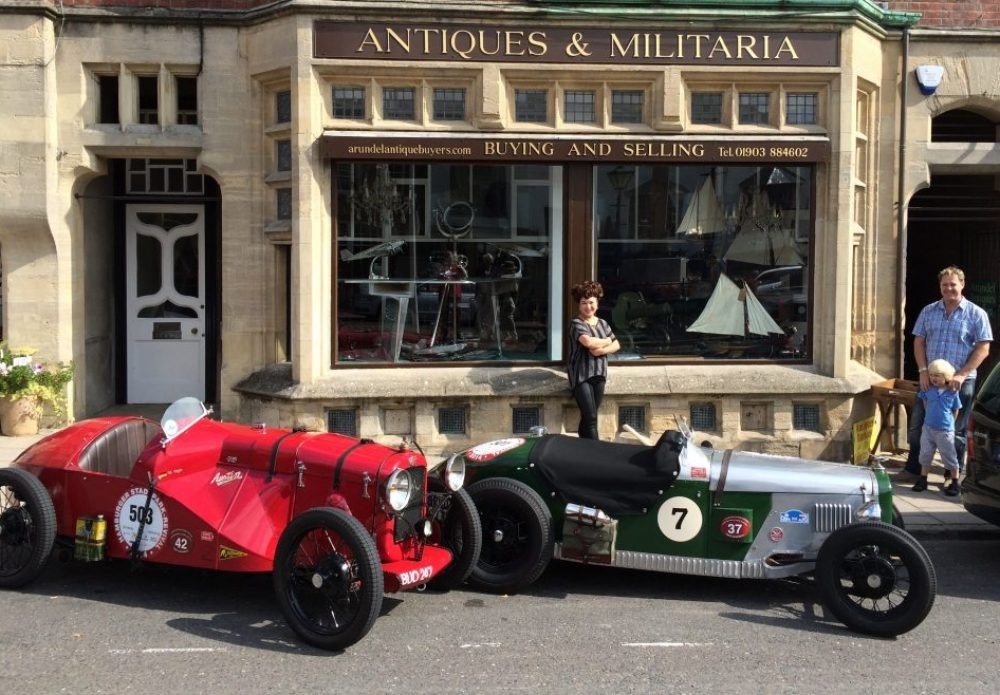Were Our Currently Buying Chinese Ceramics Call 01903 884602
The 17th century was a significant period for Chinese ceramics, producing a wide variety of exquisite pieces. Here are a few notable types of Chinese antique ceramics from the 17th century:

- Blue and White Porcelain: Blue and white porcelain reached its peak during the Ming dynasty. The 17th century saw the production of stunning blue and white ceramics with intricate designs, often featuring motifs like dragons, flowers, and landscapes. These pieces were highly prized and exported to various parts of the world.
- Wucai Porcelain: Wucai, meaning “five-color” in Chinese, refers to polychrome ceramics with a vibrant color palette. The 17th century saw the creation of wucai pieces that combined blue and white underglaze with colorful overglaze enamels. These ceramics often featured intricate scenes and intricate patterns.
- Famille Verte Porcelain: Famille verte, meaning “green family” in French, refers to a style of Chinese ceramics known for its predominant use of green enamel along with other colors. The 17th-century famille verte ceramics often depicted natural scenes, birds, animals, and flowers.
- Famille Noire Porcelain: Famille noire, meaning “black family” in French, is characterized by its dark, black background. This style became popular in the later Ming dynasty and continued into the early Qing dynasty. Famille noire ceramics featured colorful designs and often portrayed figures, landscapes, and mythical creatures.
- Blanc de Chine Porcelain: Blanc de Chine, or “white from China,” refers to pure white porcelain made in the Dehua kilns in Fujian province. These ceramics were often left unglazed or with a clear glaze. The 17th century saw the production of delicate blanc de Chine figurines, vases, and other decorative items.
- Kraak Porcelain: Kraak ware refers to Chinese blue and white porcelain specifically made for export to Europe during the late Ming and early Qing dynasties. These ceramics were characterized by intricate designs, often featuring panels with floral and geometric motifs.
Remember, the descriptions above are just a glimpse of the rich variety of Chinese antique ceramics from the 17th century. Each type has its own unique characteristics and artistic significance, contributing to the legacy of Chinese ceramic craftsmanship during that era.

For more information contact David on 01903 884602

 A Day of Charm and History in Arundel, West Sussex
A Day of Charm and History in Arundel, West Sussex  Afternoon: Riverside Stroll and Quaint Shops
Afternoon: Riverside Stroll and Quaint Shops Evening: Gastronomic Delights and Sunset Views
Evening: Gastronomic Delights and Sunset Views Night: Cultural and Entertainment Delights
Night: Cultural and Entertainment Delights

 Seeking Hidden Treasures: We Buy Coins and Stamps!
Seeking Hidden Treasures: We Buy Coins and Stamps!  Antiques and Militaria Your Trusted Partner in Numismatic Acquisitions!
Antiques and Militaria Your Trusted Partner in Numismatic Acquisitions!  Sell Your Rare Coins:
Sell Your Rare Coins: Exchange Your Stamp Collection:
Exchange Your Stamp Collection: Why Choose Antiques and Militaria?
Why Choose Antiques and Militaria? Contact Us Today!
Contact Us Today! 18 High Street Arundel
18 High Street Arundel  01903 884602
01903 884602 [www.arundelantiquebuyers.com]
[www.arundelantiquebuyers.com]
